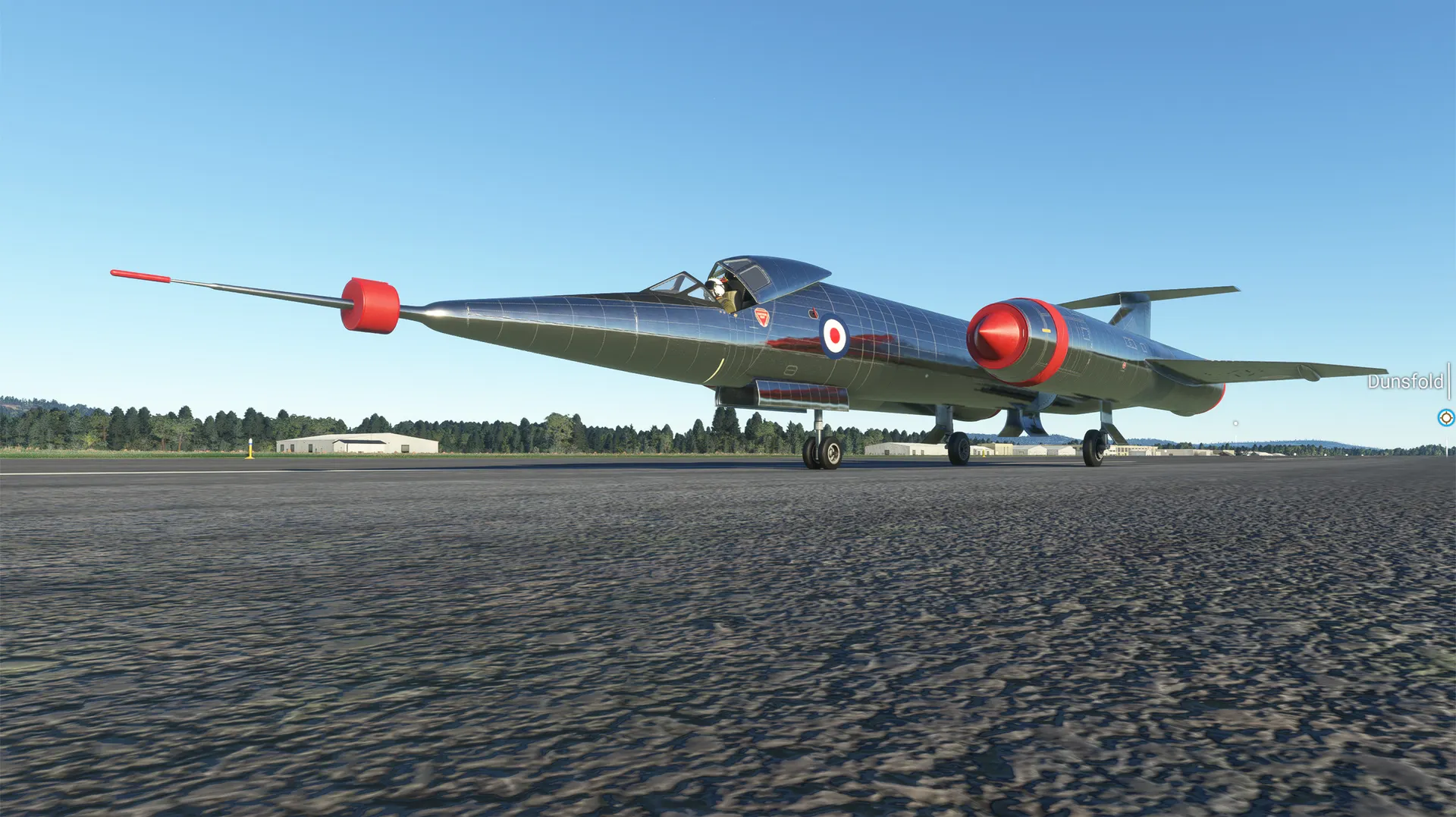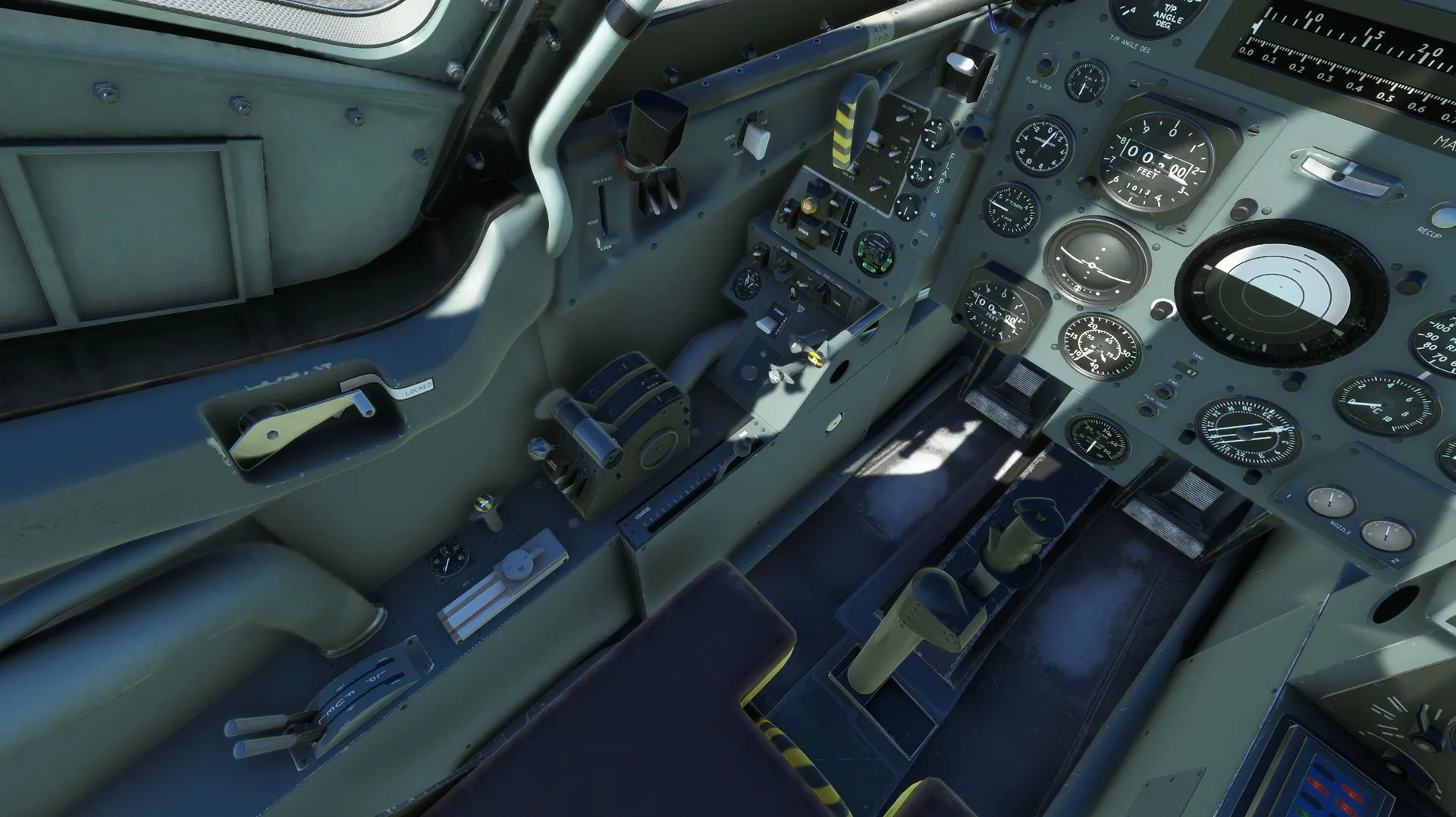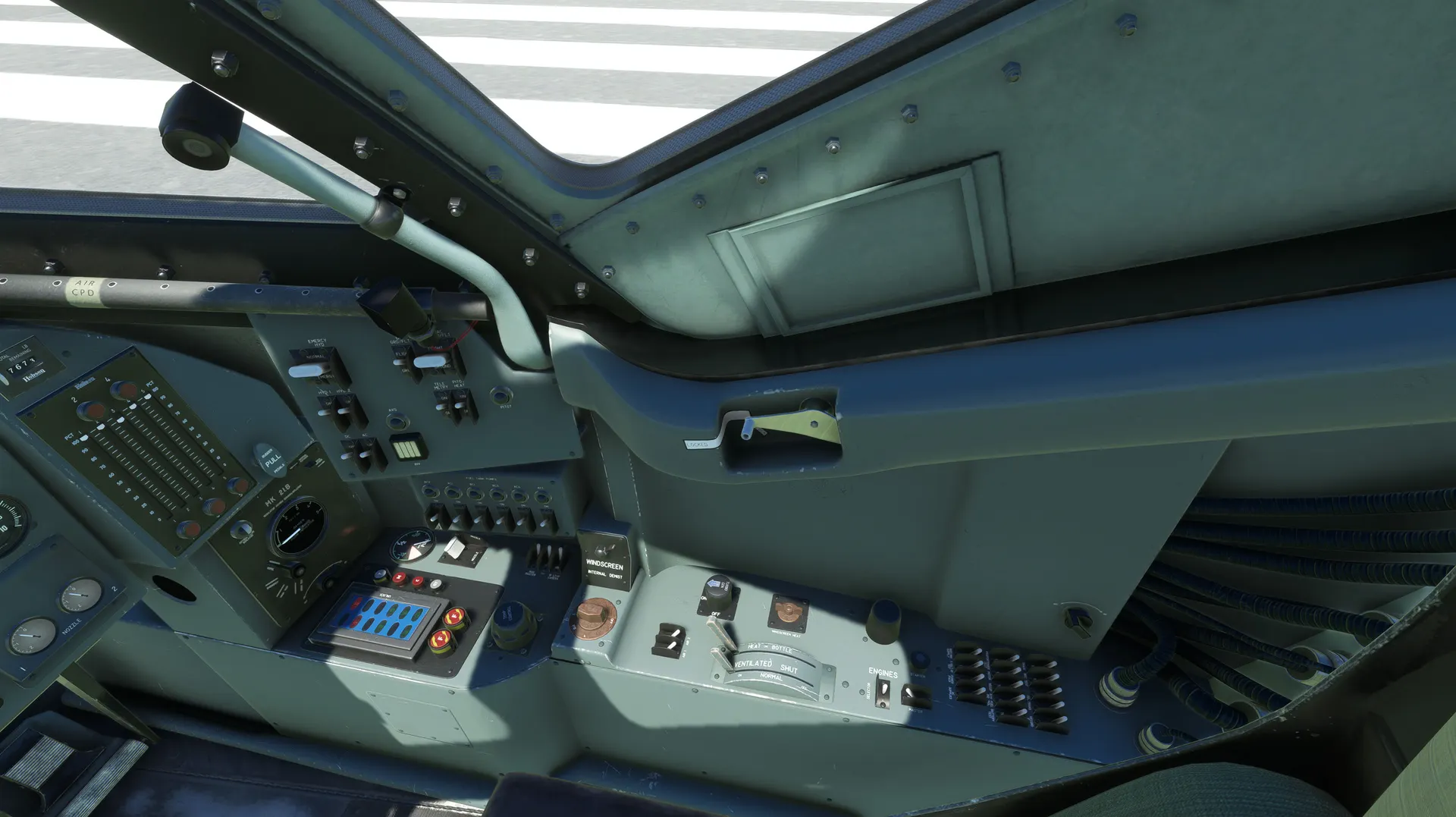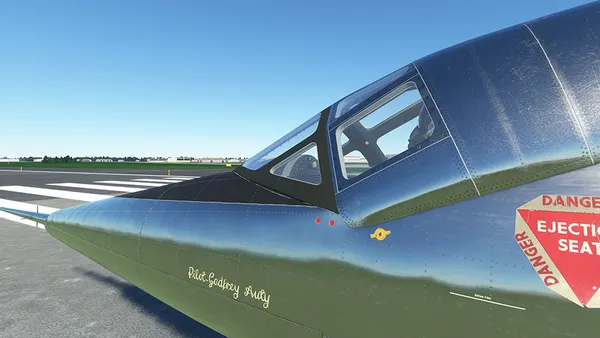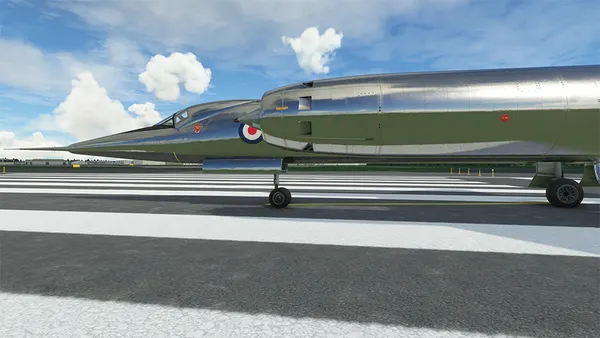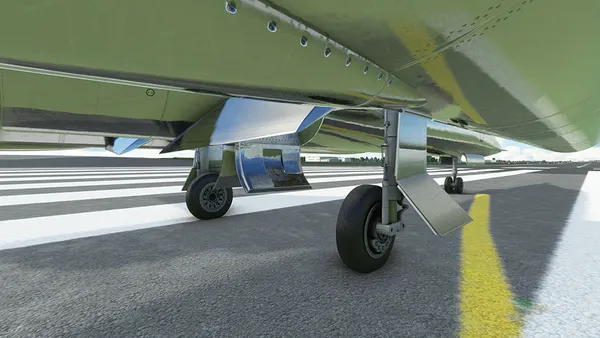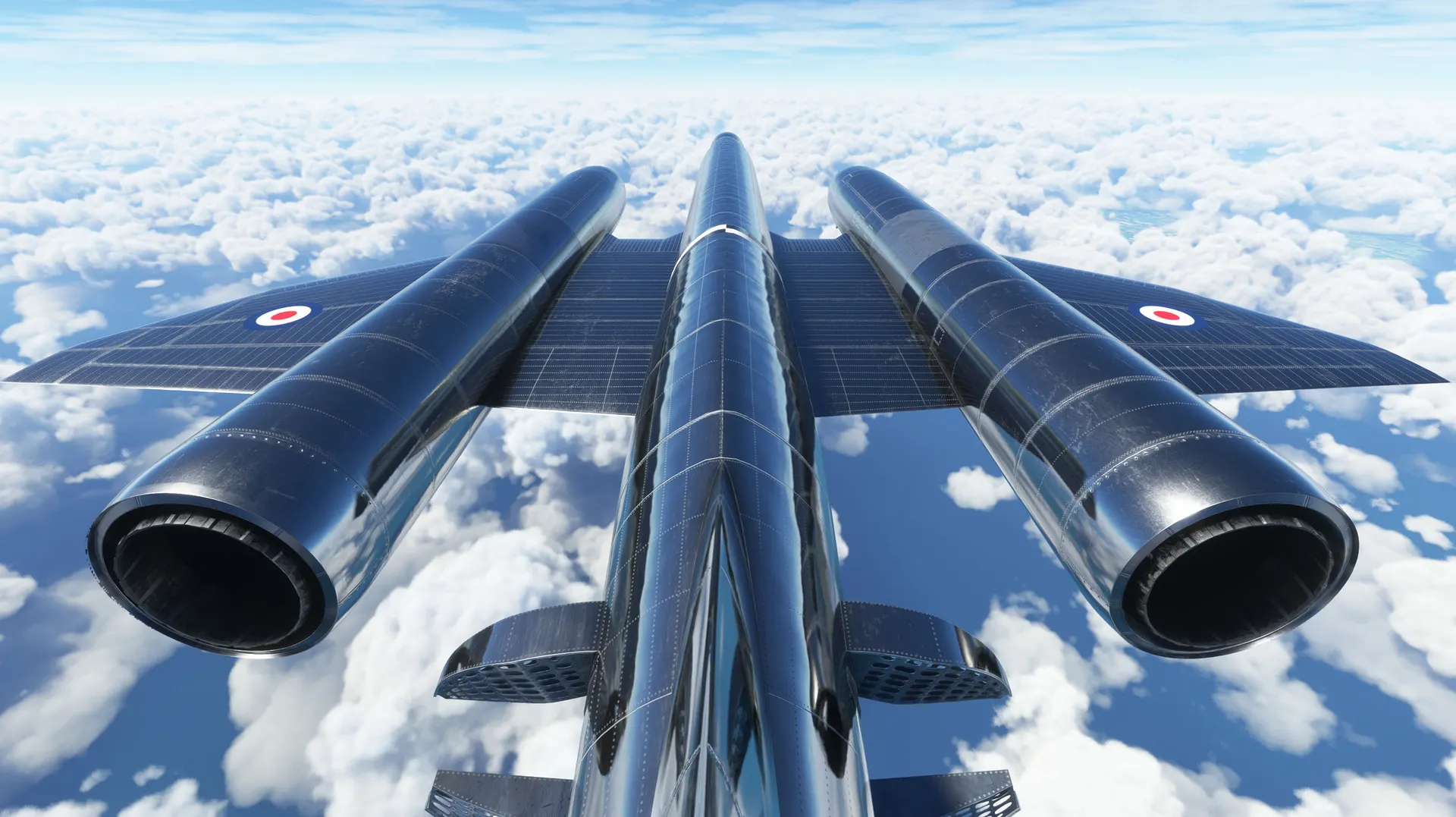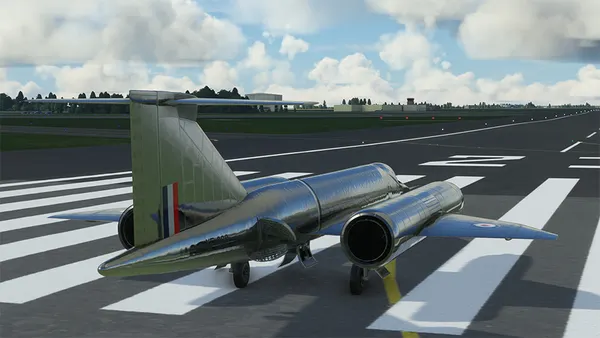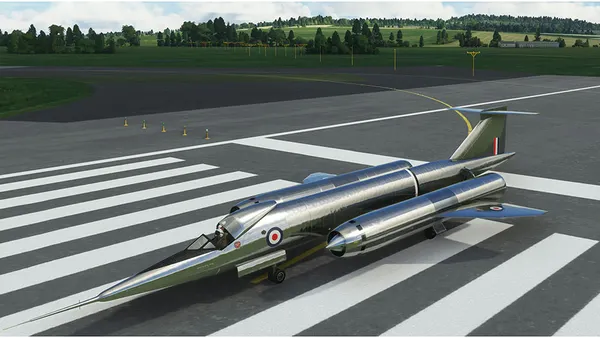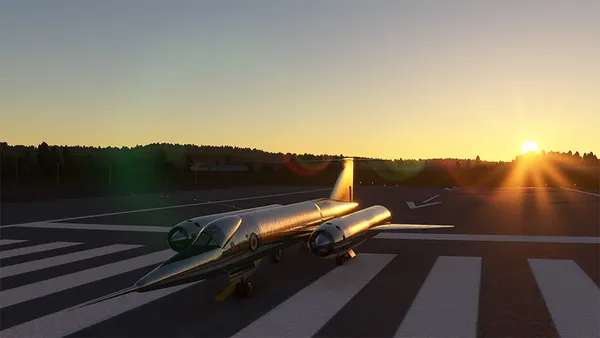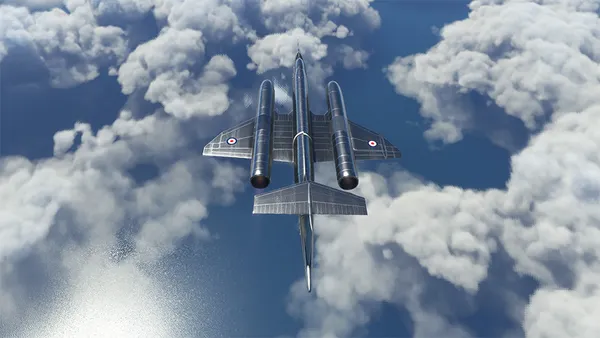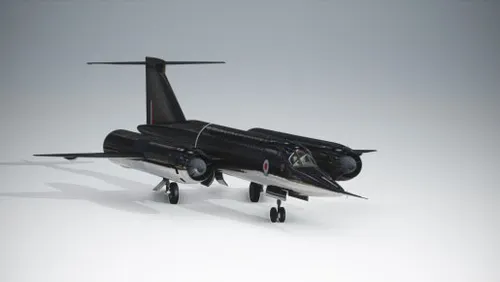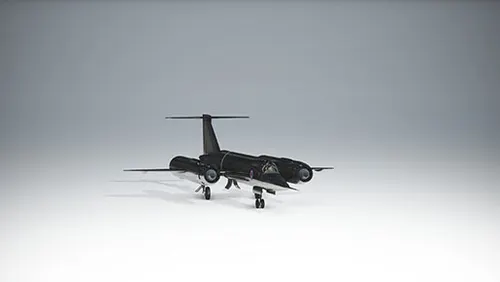The Bristol 188, serial number XF923, was a single-seat, twin-engine, experimental supersonic jet aircraft developed and manufactured by Bristol Aeroplane Company of the United Kingdom. XF923 was one of two prototype Bristol 188s that flew; a third non-flying airframe was built for static ground structural testing. Although the 188 never went into serial production, experimental flights of the design yielded troves of information that helped development of subsequent aircraft, notably the Concorde. XF923 was the first of the two functional 188s to fly, taking its maiden flight on April 14, 1962.
In February of 1953, the British government issued a request for the development of an operational military test aircraft capable of sustained flying at Mach 2+ speeds. This was part of a greater initiative to develop strategic reconnaissance and other military aircraft that could harness the speed capabilities of evolving jet turbine engines. Heating due to aerodynamic friction at these extreme speeds was a key consideration. Studying this phenomenon and determining means to mitigate problems due to temperatures in excess of 372° Celsius (572° Fahrenheit) was the primary reason for the development of the 188.
Called by some the “Flaming Pencil,” the revolutionary and distinctive design of the 188 comprises a long cylindrical fuselage, a T-tail empennage, and a main wing with a steeply swept leading edge. Two large cylindrical engine nacelles were mounted on the main wing, one on each side. The aircraft was built with a specially developed stainless steel to resist extreme heat. Engineers fitted the aircraft with a large suite of sensors and telemetry systems for real-time data logging, a first for an aircraft. They also installed a powerful cooling system for the delicate instrumentation and the pilot.
The Bristol 188, XF923, measured 77 feet, 8 inches in length, stood 12 feet tall, and had a wingspan of 35 feet, 1 inch. It was powered by two de Havilland Gyron Junior PS.50 afterburning turbojet engines that generated up to 10,000 pounds of thrust in military power and up to 14,000 pounds of thrust with afterburner.
During flight tests, XF923 flew up to a maximum of 39 minutes, attained a top speed of Mach .86, and demonstrated excellent performance throughout a full spectrum of flight profiles.
XF923 was grounded after 19 flights and engineers would use its parts, including its engines, for its sister functional prototype airframe, XF926. XF923 was ultimately scrapped.
The Bristol 188, serial number XF926, is a single-seat, twin-engine, experimental supersonic jet aircraft developed and manufactured by Bristol Aeroplane Company of the United Kingdom. XF926 was one of two prototype Bristol 188s that flew; a third non-flying airframe was built for static ground structural testing. Although the 188 never went into serial production, experimental flights of the design yielded troves of information that helped development of subsequent aircraft, notably the Concorde. XF926 was the second of the two functional 188s to fly, taking its maiden flight on April 23, 1963.
In February of 1953, the British government issued a request for the development of an operational military test aircraft capable of sustained flying at Mach 2+ speeds. This was part of a greater initiative to develop strategic reconnaissance and other military aircraft that could harness the speed capabilities of evolving jet turbine engines. Heating due to aerodynamic friction at these extreme speeds was a key consideration. Studying this phenomenon and determining means to mitigate problems due to temperatures in excess of 372° Celsius (572° Fahrenheit) was the primary reason for the development of the 188.
Called by some the “Flaming Pencil,” the revolutionary and distinctive design of the 188 comprises a long cylindrical fuselage, a T-tail empennage, and a main wing with a steeply swept leading edge. Two large cylindrical engine nacelles were mounted on the main wing, one on each side. The aircraft was built with a specially developed stainless steel to resist extreme heat. Engineers fitted the aircraft with a large suite of sensors and telemetry systems for real-time data logging, a first for an aircraft. They also installed a powerful cooling system for the delicate instrumentation and the pilot.
The second of the functional 188s to fly, engineers used the engines and many parts from the first prototype, XF923, for the XF926. Bristol eventually installed more powerful versions of the engines initially used in XF926.
The Bristol 188, XF926, measures 77 feet, 8 inches in length, stands 12 feet tall, and has a wingspan of 35 feet, 1 inch. When operational, it was powered by two de Havilland Gyron Junior PS.50 afterburning turbojet engines that generated up to 10,000 pounds of thrust in military power and up to 20,000 pounds of thrust with afterburner.
During flight tests, XF926 flew up to a maximum of 48 minutes, the longest duration of either of the operational 188s. XF926 also reached the highest speed of either of the airframes, Mach 1.88 (1,242 miles per hour). Like its sister prototype, XF926 demonstrated excellent flight performance throughout all speeds.
XF926 was grounded after 51 flights and was placed in storage. It was eventually placed on display at the United Kingdom’s Royal Air Force Museum Midlands.


